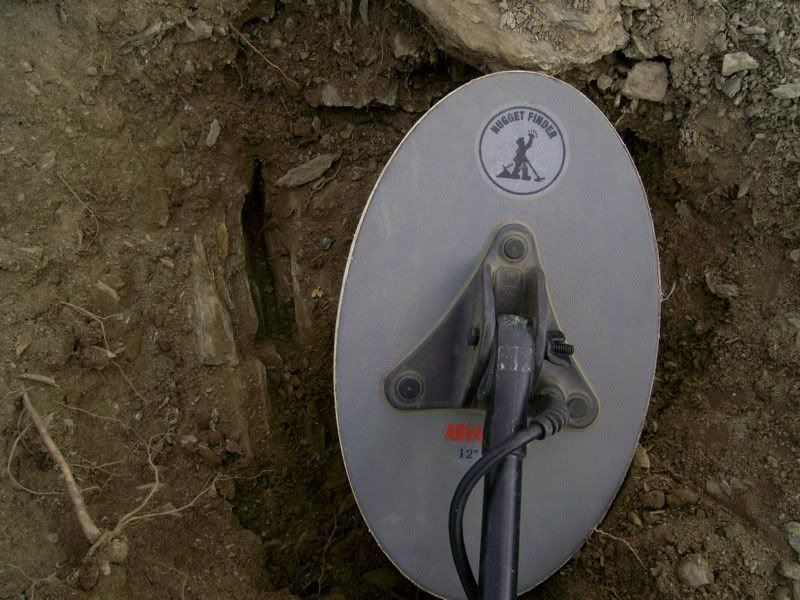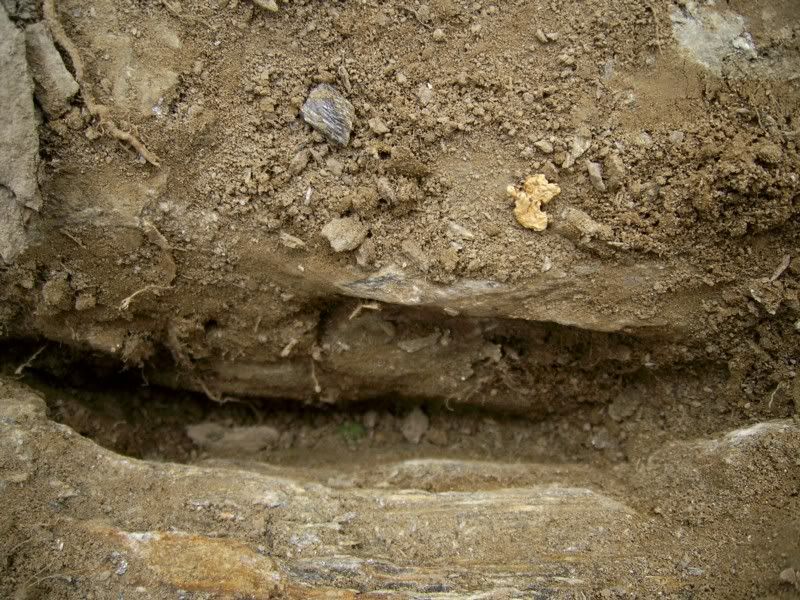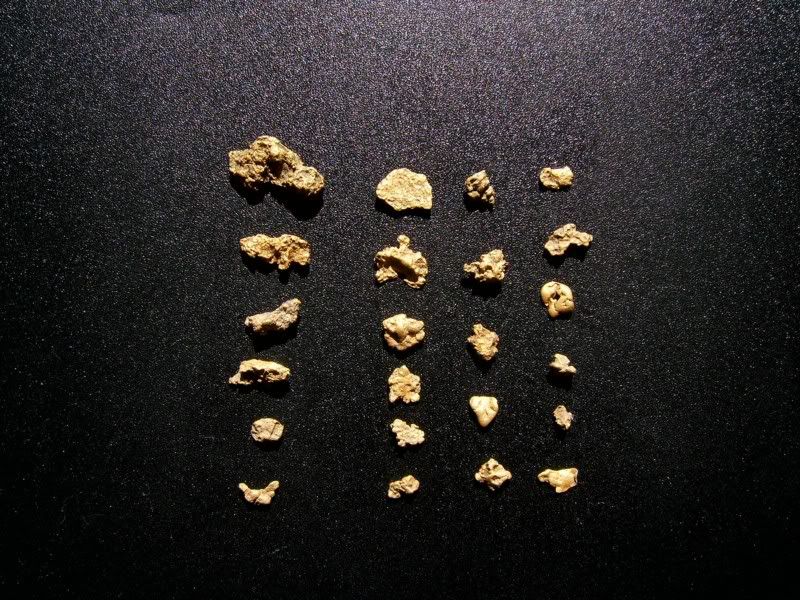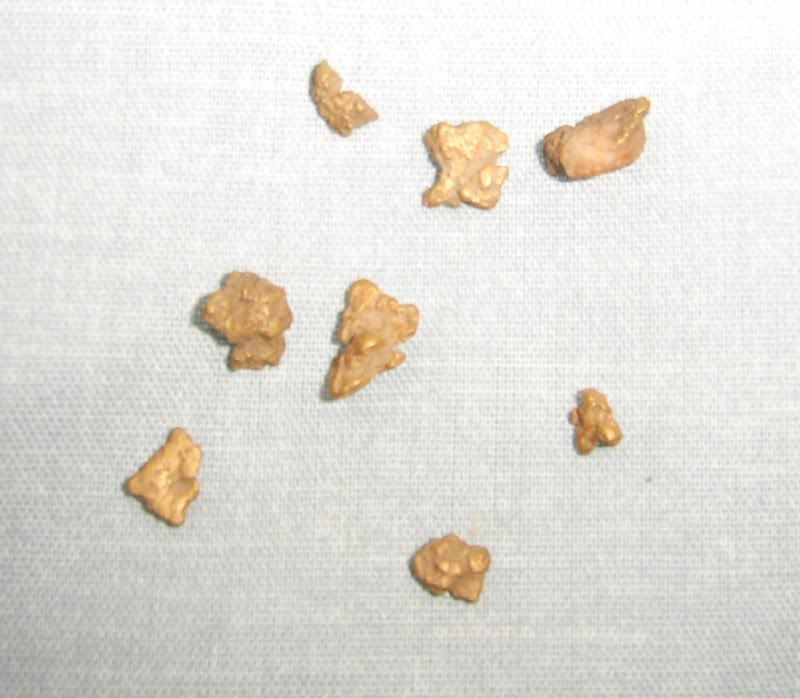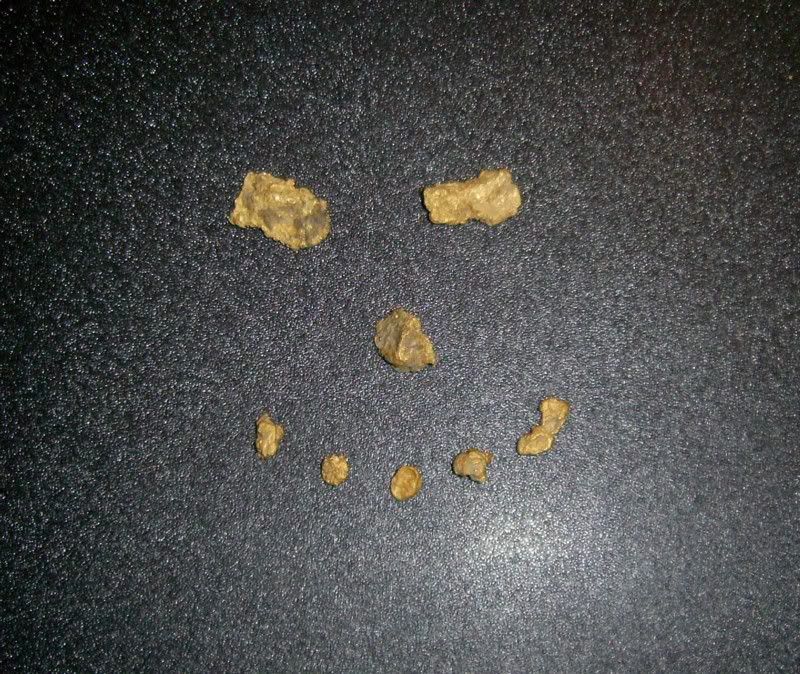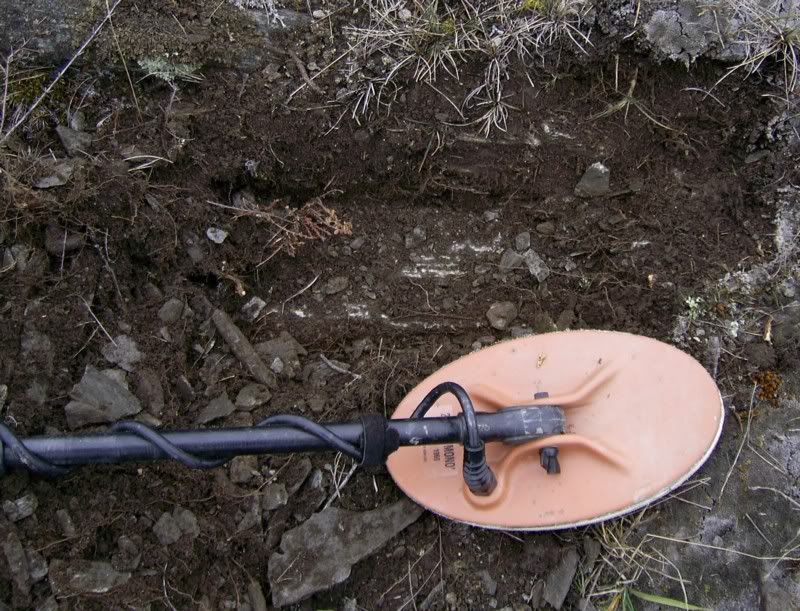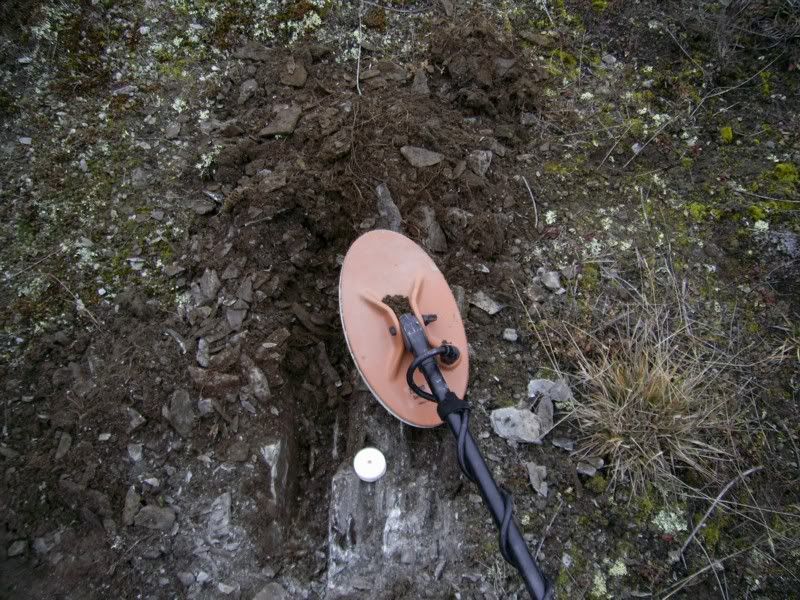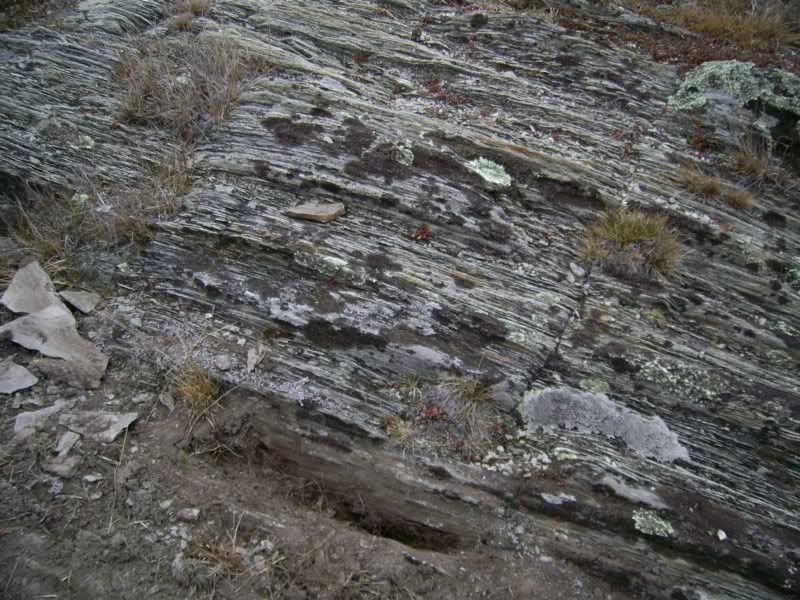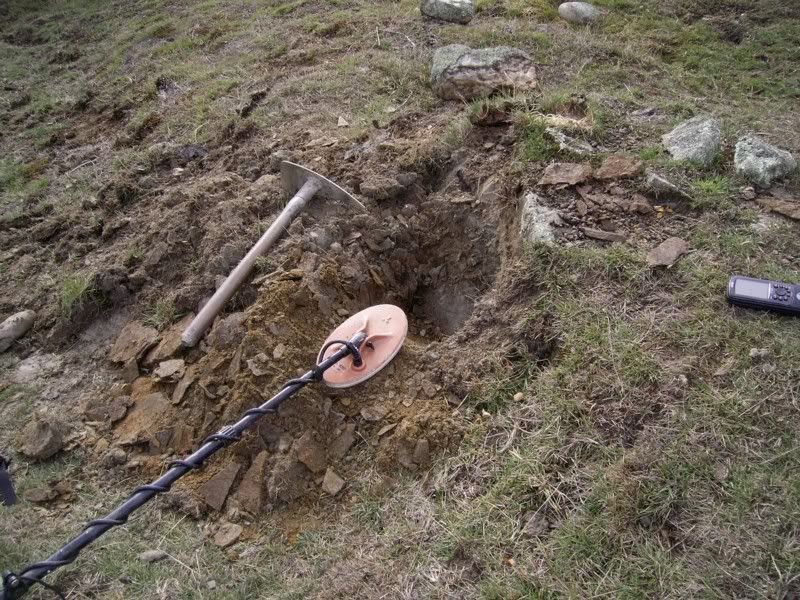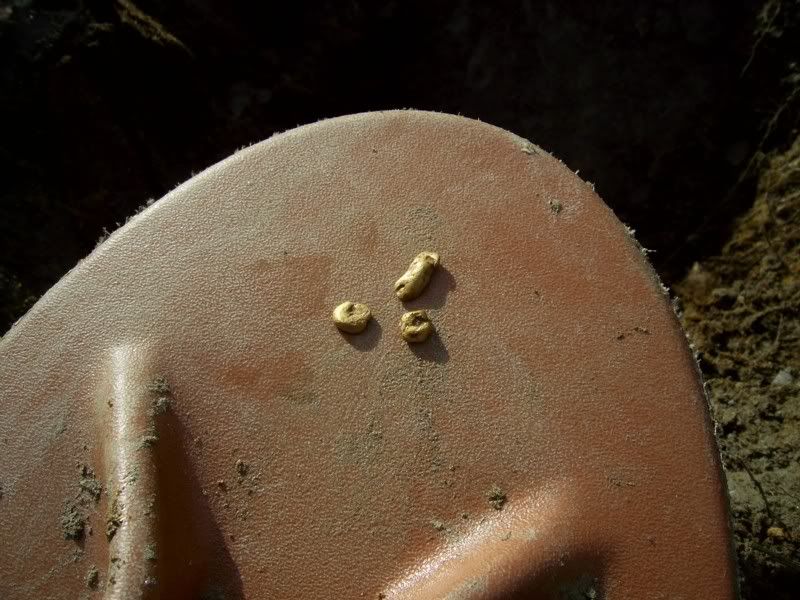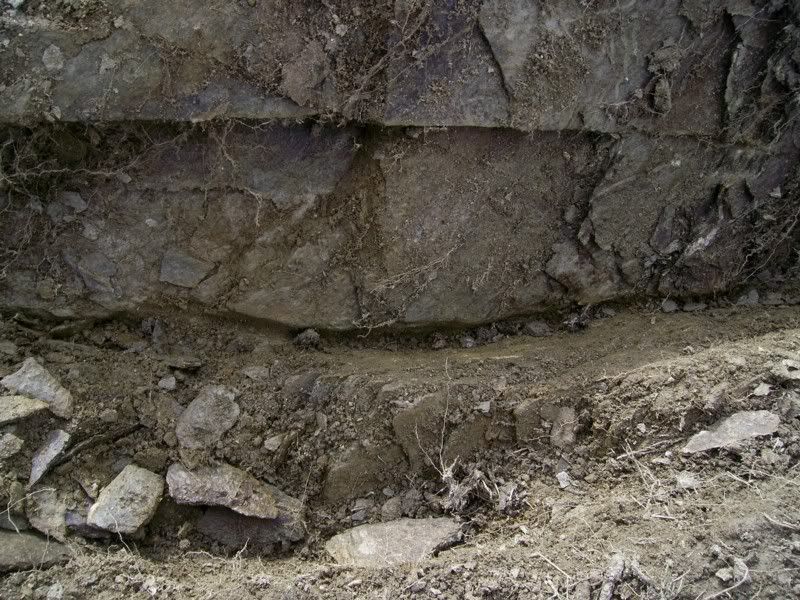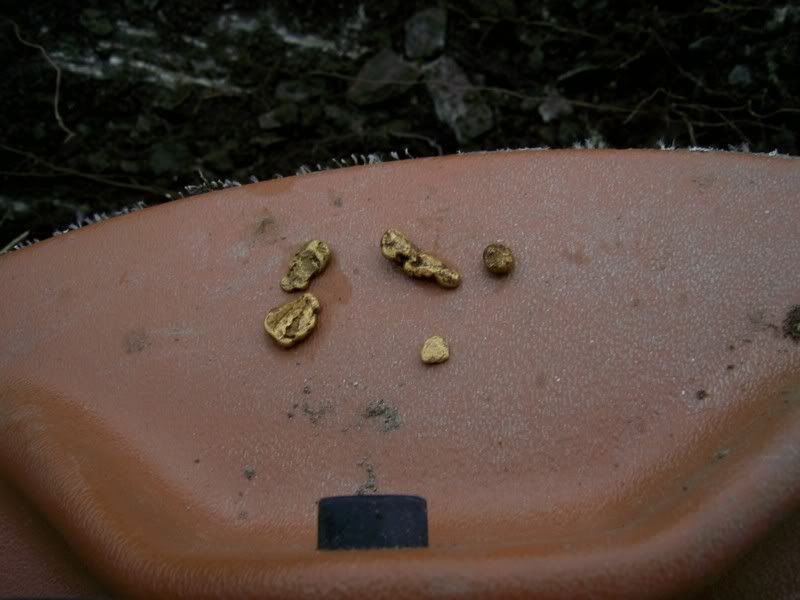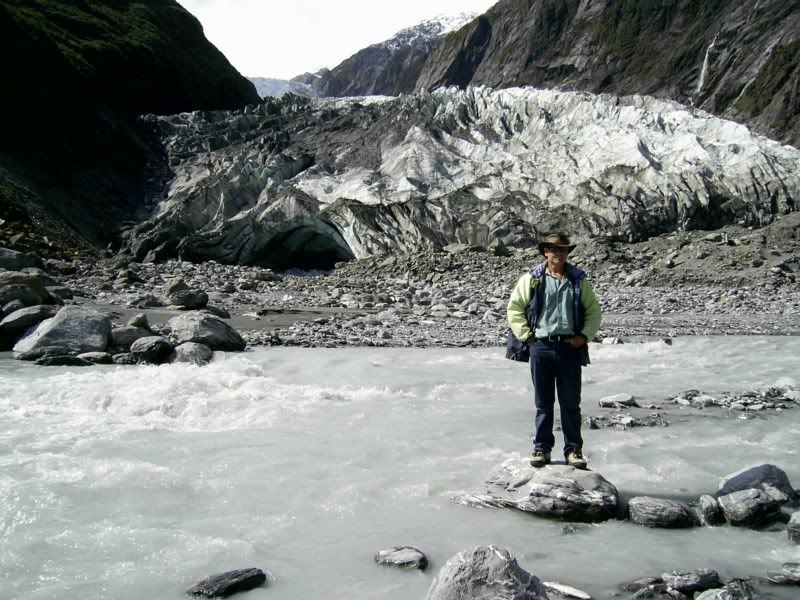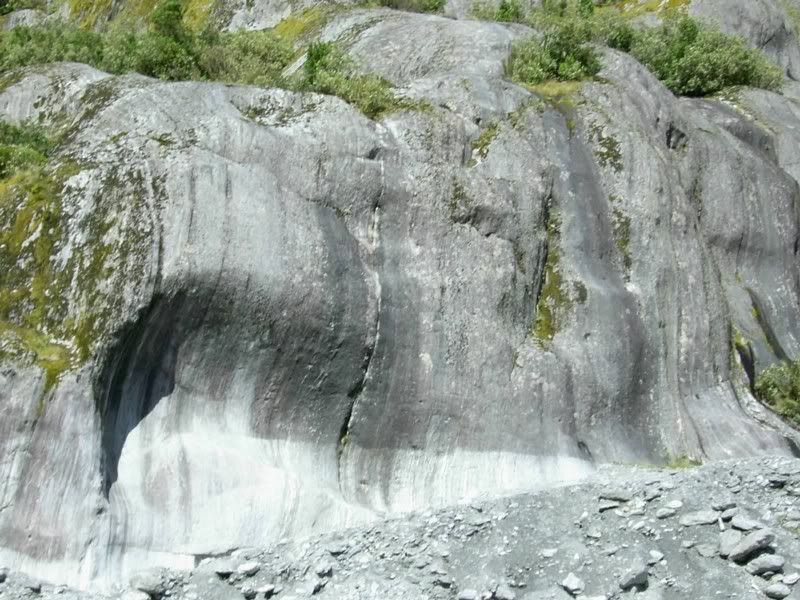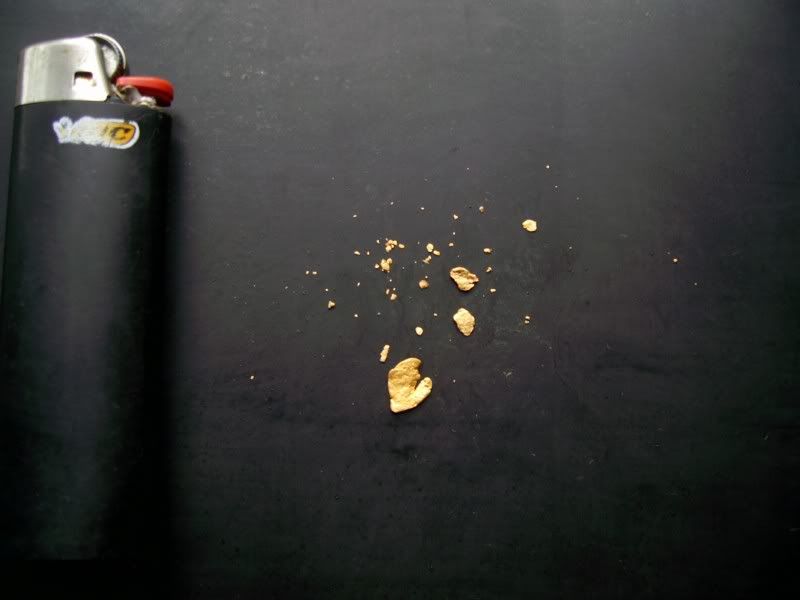New Zealand Gold Prospecting & Metal Detecting Forums Archive
The forum has moved to community.paydirt.co.nz, see you there!
This forum is now an archive to preserve the knowledge and finds posted here.
| overdog |
Posted
:
Saturday, 3 September 2011 4:25:58 PM(UTC)
|
||

|
|||
| Lammerlaw |
Posted
:
Saturday, 3 September 2011 6:16:47 PM(UTC)
|
||
|
Rank: Gold Ingot Groups: Registered
Joined: 24/05/2011(UTC) Posts: 1,721 Thanks: 72 times
Was thanked: 579 time(s) in 396 post(s) |
|||

|
|||
| overdog |
Posted
:
Saturday, 3 September 2011 7:17:27 PM(UTC)
|
||

|
|||
| Lammerlaw |
Posted
:
Saturday, 3 September 2011 7:48:53 PM(UTC)
|
||
|
Rank: Gold Ingot Groups: Registered
Joined: 24/05/2011(UTC) Posts: 1,721 Thanks: 72 times
Was thanked: 579 time(s) in 396 post(s) |
|||

|
|||
| gjj109 |
Posted
:
Saturday, 3 September 2011 7:57:46 PM(UTC)
|
||

|
|||
| simon |
Posted
:
Saturday, 3 September 2011 10:14:26 PM(UTC)
|
||

|
|||
| Lammerlaw |
Posted
:
Sunday, 4 September 2011 2:55:07 PM(UTC)
|
||
|
Rank: Gold Ingot Groups: Registered
Joined: 24/05/2011(UTC) Posts: 1,721 Thanks: 72 times
Was thanked: 579 time(s) in 396 post(s) |
|||

|
|||
| kiwijw |
Posted
:
Sunday, 4 September 2011 7:51:51 PM(UTC)
|
||
 Rank: Gold Ingot Groups: Registered
Joined: 28/03/2010(UTC) Posts: 1,152 Thanks: 92 times
Was thanked: 658 time(s) in 324 post(s) |
|||

|
|||
| overdog |
Posted
:
Sunday, 4 September 2011 9:28:03 PM(UTC)
|
||

|
|||
| overdog |
Posted
:
Sunday, 4 September 2011 9:35:16 PM(UTC)
|
||

|
|||
| Lammerlaw |
Posted
:
Sunday, 4 September 2011 9:44:38 PM(UTC)
|
||
|
Rank: Gold Ingot Groups: Registered
Joined: 24/05/2011(UTC) Posts: 1,721 Thanks: 72 times
Was thanked: 579 time(s) in 396 post(s) |
|||

|
|||
| kiwijw |
Posted
:
Monday, 5 September 2011 8:03:26 PM(UTC)
|
||
 Rank: Gold Ingot Groups: Registered
Joined: 28/03/2010(UTC) Posts: 1,152 Thanks: 92 times
Was thanked: 658 time(s) in 324 post(s) |
|||

|
|||
| Karl McDowell |
Posted
:
Monday, 5 September 2011 9:09:36 PM(UTC)
|
||

|
|||
| kiwijw |
Posted
:
Monday, 5 September 2011 10:15:28 PM(UTC)
|
||
 Rank: Gold Ingot Groups: Registered
Joined: 28/03/2010(UTC) Posts: 1,152 Thanks: 92 times
Was thanked: 658 time(s) in 324 post(s) |
|||

|
|||
| madsonicboating |
Posted
:
Monday, 5 September 2011 11:49:09 PM(UTC)
|
||

|
|||
| kiwijw |
Posted
:
Tuesday, 6 September 2011 12:15:46 AM(UTC)
|
||
 Rank: Gold Ingot Groups: Registered
Joined: 28/03/2010(UTC) Posts: 1,152 Thanks: 92 times
Was thanked: 658 time(s) in 324 post(s) |
|||

|
|||



